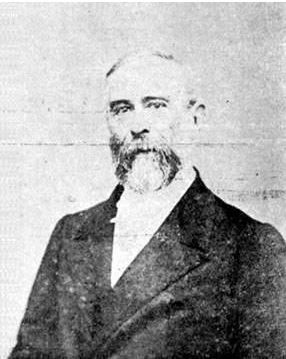THE magnetic induction is the name given to the phenomenon in which a variable magnetic field produces an electrical current in a circuit, called an induced current. This phenomenon was discovered in 1831 by two scientists, Michael Faraday, in England, and Joseph Henry, in the United States, however, independently.
Studies say that Henry was the first to discover the phenomenon, but for not having deepened or published his results for presenting others interests at the time, when he did, recognition of the discovery had already been attributed to Faraday, who published a much more detailed study. year before.
Michael Faraday devoted a lot of time to conducting research. Using an iron bar where there were two coiled coils, he realized that when turning one of the coils on or off in the battery, an electric current passed through the other, in addition, this current lasted for a short time, that is, it disappeared in moments.
That's how Faraday realized that by varying the magnetic field, turning the coil on or off, an electrical current would arise in the other coil, which is called an induced current. After this discovery, he carried out several studies until formulating the law that is now named after him,
Faraday's Law.
By Nathan Augusto
Graduated in Physics
Source: Brazil School - https://brasilescola.uol.com.br/fisica/a-descoberta-inducao-eletromagnetica.htm

